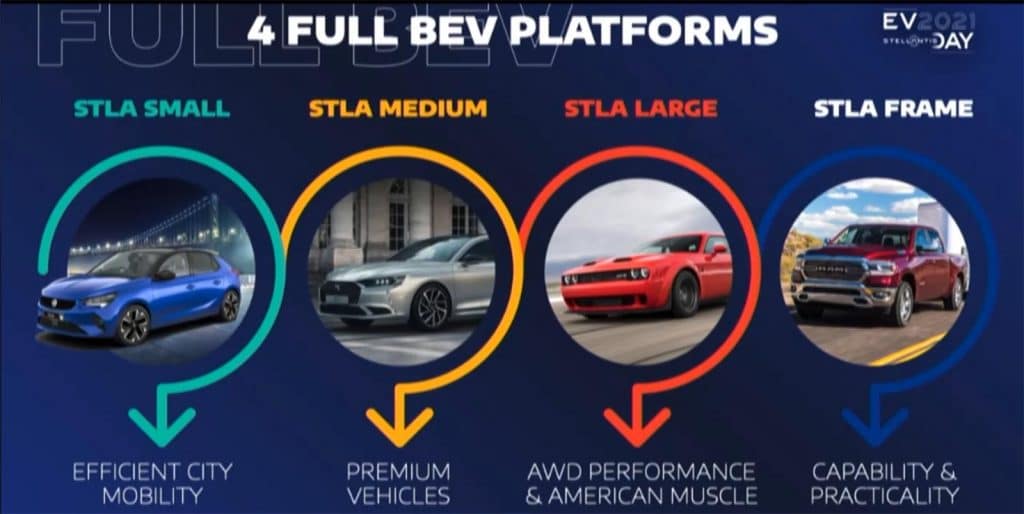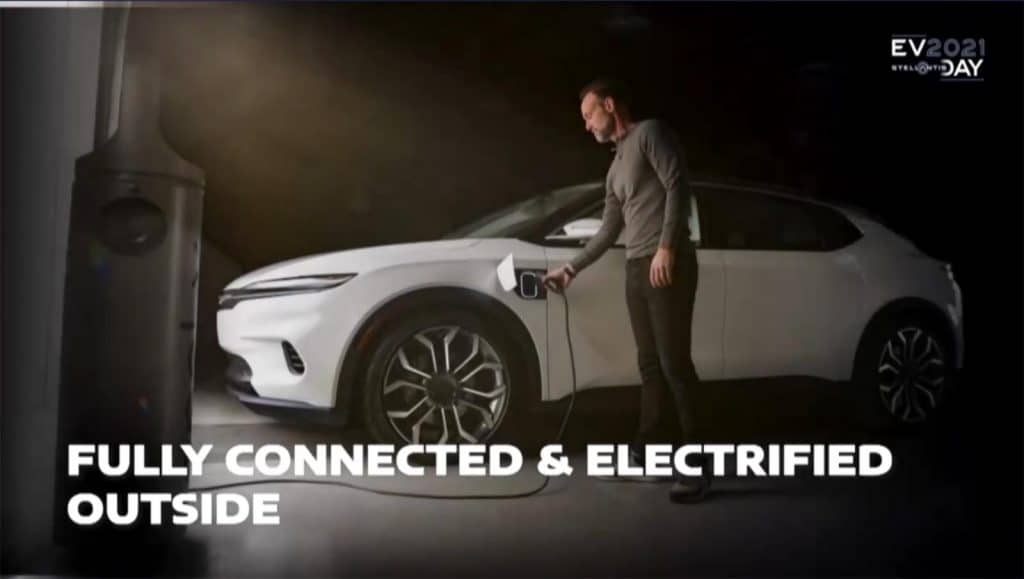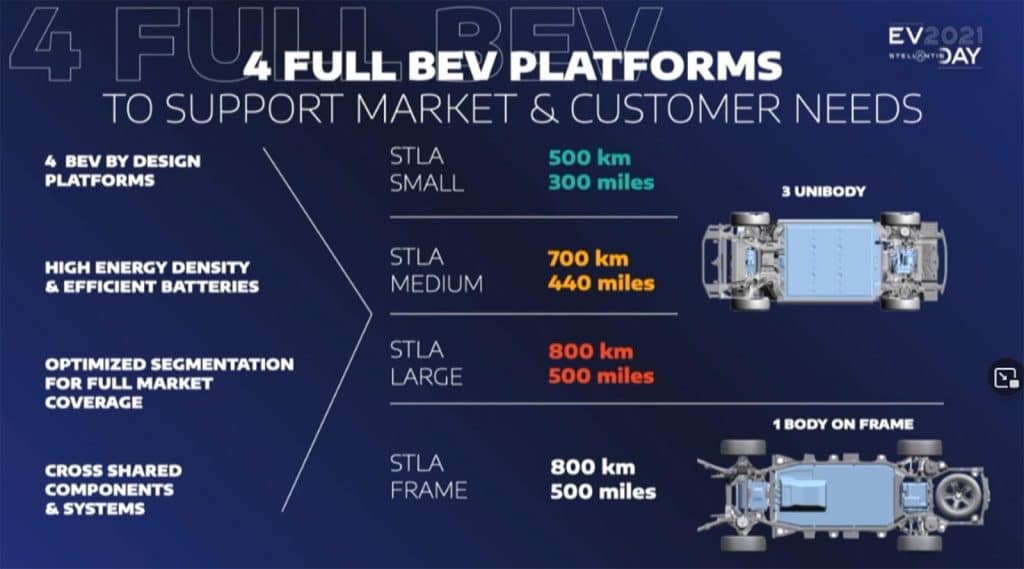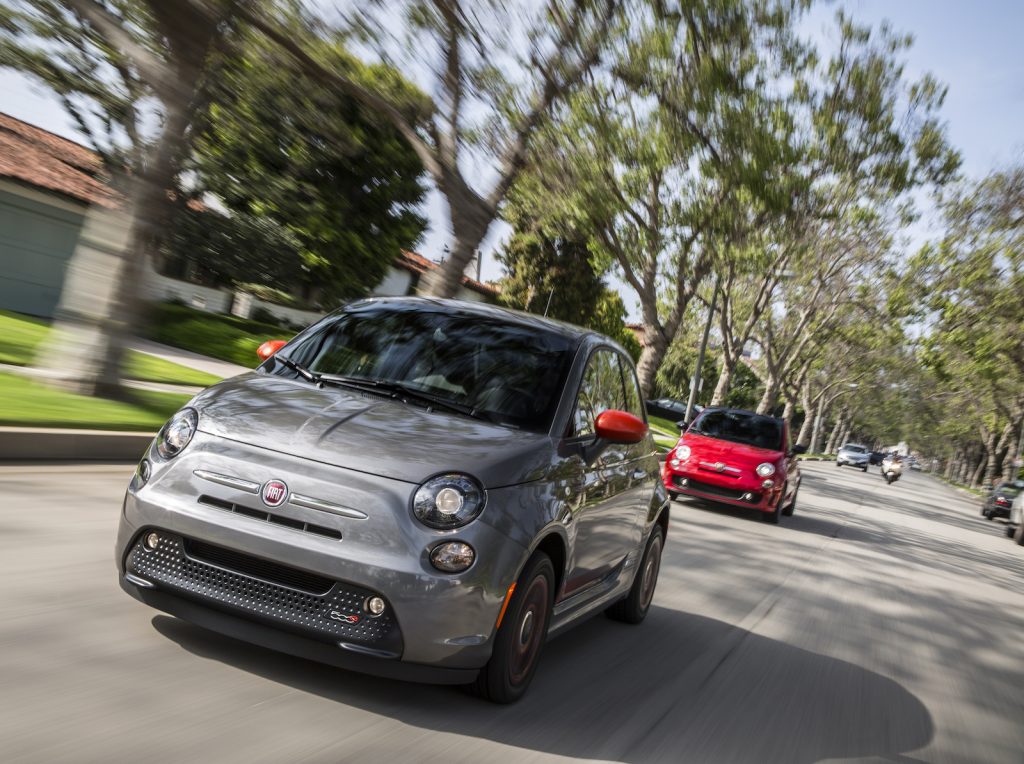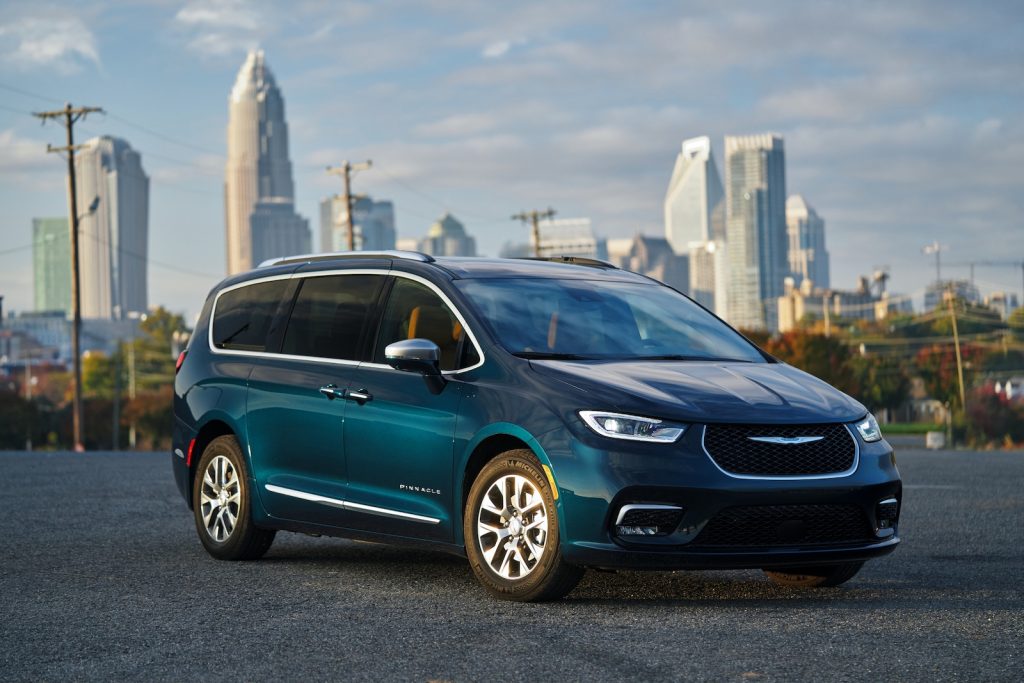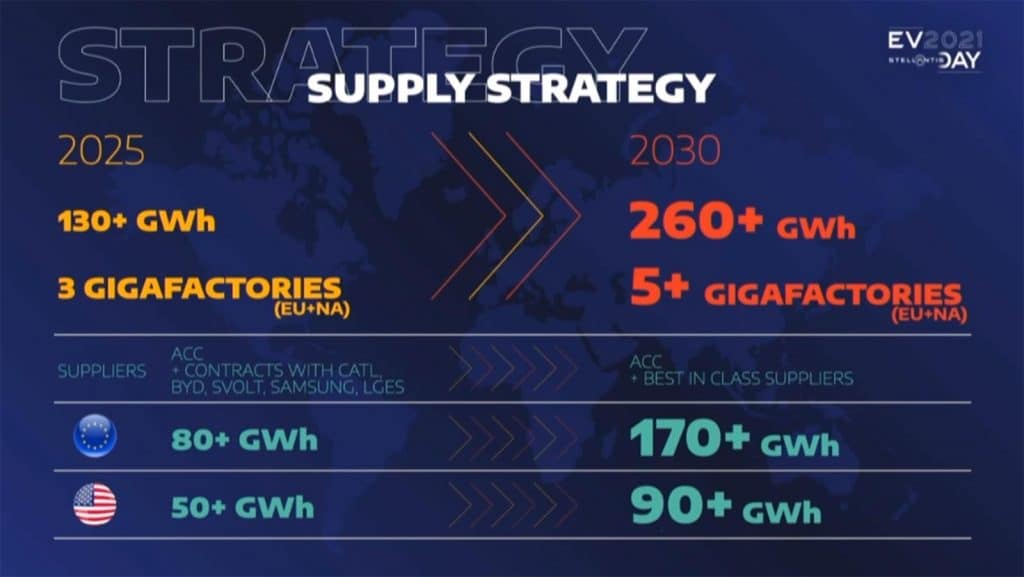It’s been an unusually busy year for the Jeep brand which is rolling out a procession of new and updated models, including the next-generation Grand Cherokee, the revived Wagoneer, the Wrangler 4xe – and its most significant global product line the 2022 Jeep Compass.
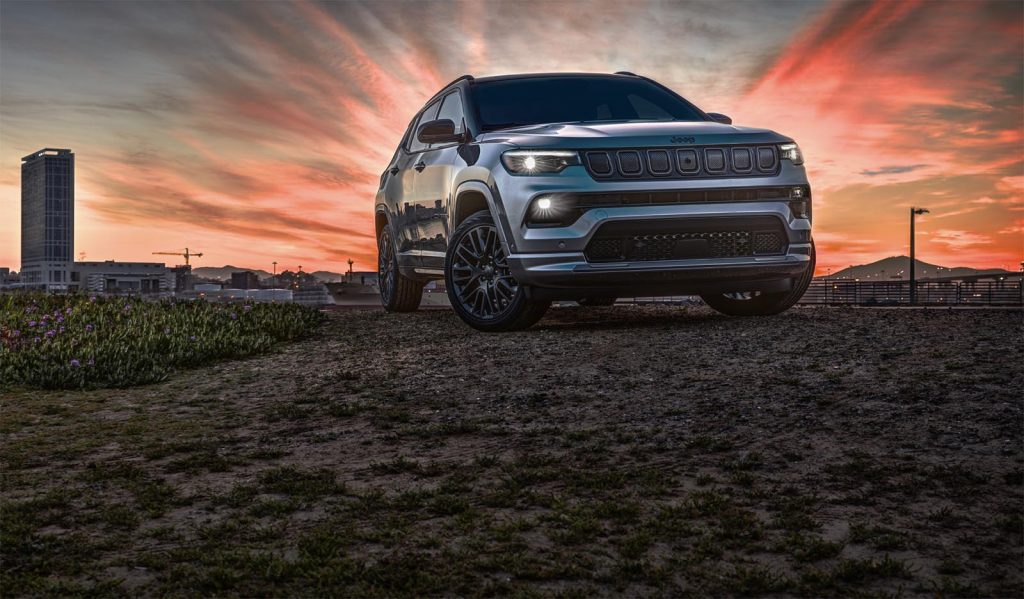
The update of the compact crossover makes its formal debut at the Chicago Auto Show this week and features new styling, both inside and out, as well as an assortment of technological upgrades. That includes a new, 10.1-inch touchscreen featuring the latest Uconnect 5 infotainment system, as well as an assortment of new driver assistance systems like Active Lane Management and Rear Cross Path detection.
“The new 2022 Jeep Compass ushers in new levels of comfort and functionality, with premium styling and craftsmanship inside and out,” said Jim Morrison Vice President, Jeep Brand North America. “Sophisticated and well equipped, the Compass stays true to its benchmark 4×4 capability and on-road dynamics, but with even more refinement and precision. It also boasts a host of new attributes and innovative technologies designed to keep consumers connected and make their lives easier.”
A key product in the Jeep line-up
The Compass has played a critical role in the growth of the Jeep brand, especially in global markets. It slots into a niche between the entry-level Renegade and the bigger and more well-equipped Cherokee model.
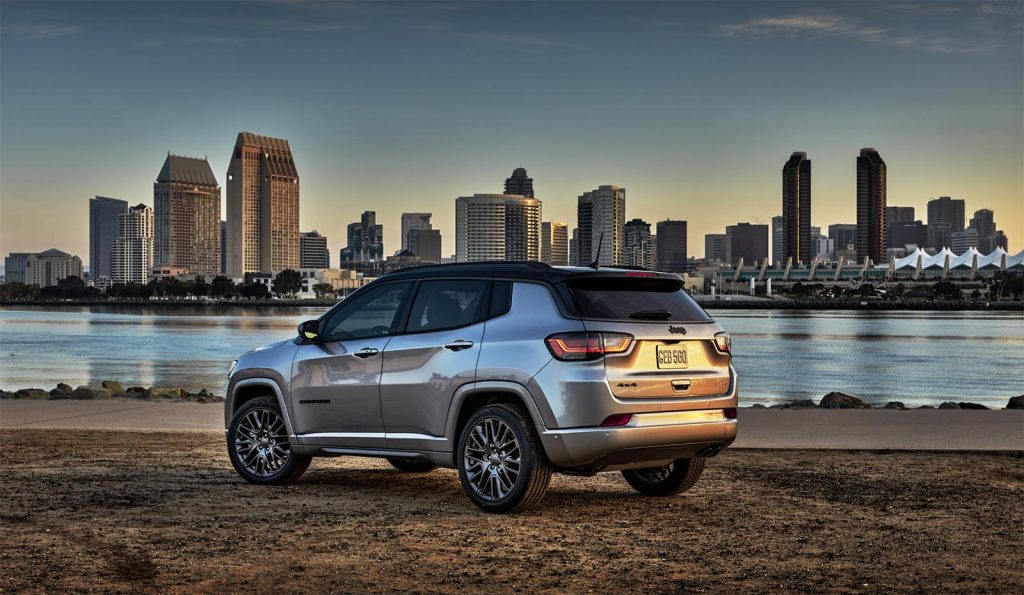
While it rides on a car-like crossover platform, Jeep offers an assortment of different trim levels, including the Compass Trailhawk targeting buyers looking for the ability to head off-road.
Though the basic underpinnings may be carried over, the 2022 Compass gets some welcome updates to both its interior and exterior design. The goal was to get the SUV a more “refined, confident attitude,” suggests designer Tim Anness. All versions get new, slimmer LED headlamps framing the familiar Jeep seven-spoke grille. There are new fog lamps and the lower grille grows slightly larger to improve engine cooling.
(Check out our review of the new, three-row Jeep Grand Cherokee L.)
Giving the Compass some real teeth
Individual trim levels now adopt more distinctive details. With the Trailhawk, for example, there are “Jeep Teeth” on the matte black grille. Limited models get a distinctive exterior appearance package with black-pained lower trim, as well as projector LED headlamps, LED foglights and 19-inch wheels.
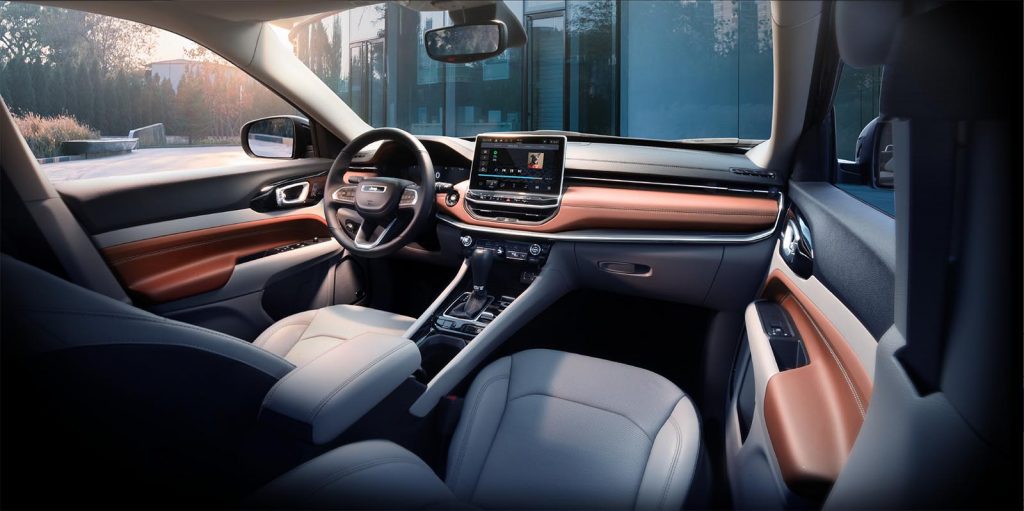
The Compass cabin has often been faulted for its relatively lackluster design and extensive use of lower grade plastic. As with the new Grand Cherokee, Jeep is moving the Compass up a big step for 2022, with more upscale materials and a higher-tech focus. That includes the 10.1-inch center stack display and an optional, 10.25-inch digital cluster. More luxurious features, including first-ever heated rear seats, will now be available.
A new Latitude LUX trim package adds a variety of amenities. These include leather, heated front seats, leather-wrapped heated steering wheel, eight-way power driver seat with two-way power lumbar adjustment, auto-dim rearview mirror, 7-inch full-color cluster, 10.1-inch digital touchscreen radio, remote start and security alarm.
More tech, more capabilities
The 2022 Compass retains its Tigershark 2.4-liter inline-four engine making 177 horsepower and 172 pound-feet of torque. And it can tow up to 2,000 pounds.
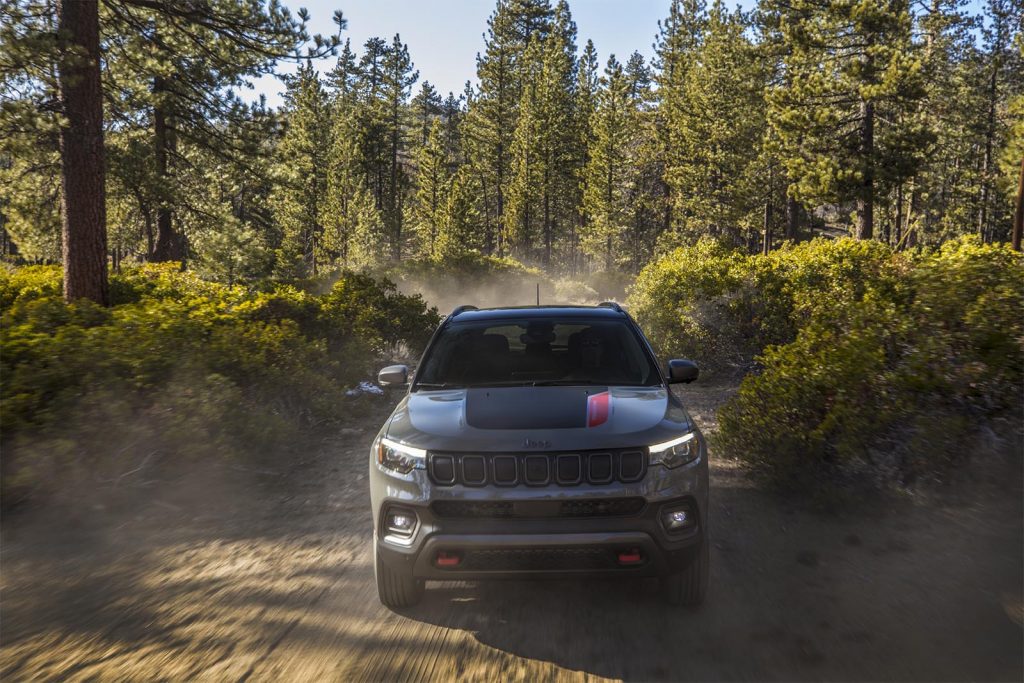
Two gearboxes are available, including a 9-speed automatic on 4×4 models that, with Trail Rated packages, adds a rock-crawl setting for serious off-roaders. The package is capable of delivering as much as 31 mpg on the highway thanks to an upgraded engine start-stop system. Sport and Latitude 4×2 models feature a 6-speed automatic.
Jeep claims to have upgraded the Compass crossover’s suspension tuning and steering for improved handling and ride-comfort on-road.
The automaker also has expanded the list of advanced driver assistance systems. These include Full-speed Collision Warning with active brake and pedestrian/cyclist detection, Active Lane Management with LaneSense Lane Departure Warning with Lane Keep Assist and Blind-spot Monitoring with Rear Cross Path detection. The new, semi-autonomous Highway Assist system will become available shortly after the launch of the 2022 model.
Plug-in hybrid may be coming
The automaker also is hinting that a 4xe plug-in hybrid package could be added in the next couple years. Similar to the Wrangler 4xe, it would offer the ability to drive more than 20 miles in all-electric mode. It also could run off-road in near silence, relying on battery power.
Pricing will be released closer to autumn, when the first versions of the 2022 Jeep Compass reach U.S. showrooms, but expect a starting price of around $26,000.
